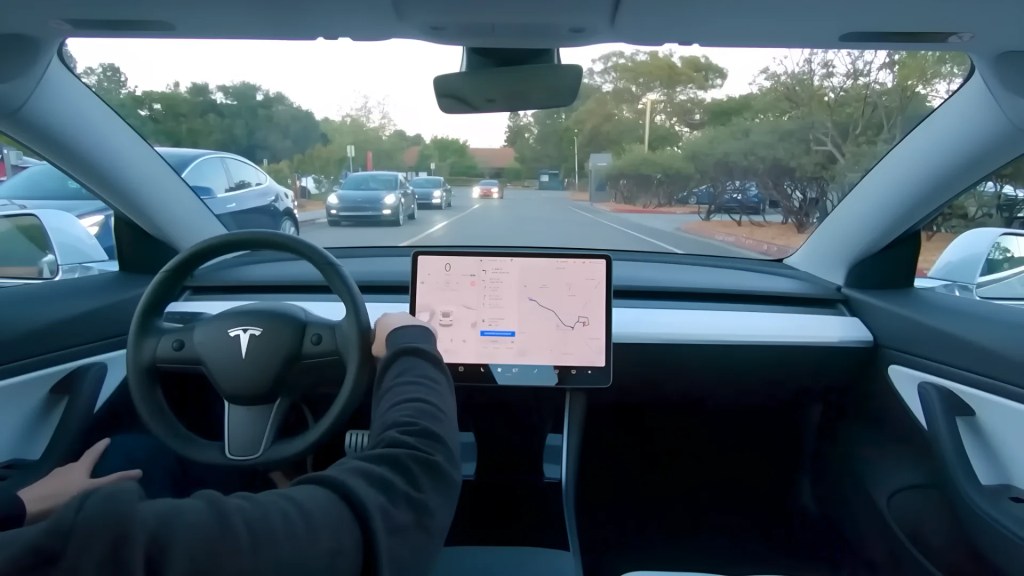FSD attempts to navigate the vehicle completely autonomously from point A to point B, anywhere on the map, but the human driver must monitor and protect it from destruction.
Tesla Vision, a computer vision software process, allows the car to navigate the world based solely on what it sees through its eight strategically positioned digital cameras, which are fused into a single 360-degree image and digitized into a three-dimensional vector space. This gives the computer a virtual world to navigate through that is a perfect analog of the real world. Tesla’s FSD computer does this in real time with zero latency.
The full self-driving capability of the Tesla has been a controversial issue since its launch. People are divided over the true nature and capabilities of the software, and this division has escalated to the point of full-blown war.
One camp claims that the software is the most dangerous ever developed and could potentially cause millions of deaths, while the other side believes that it represents the future of transportation and could eradicate the scourge of traffic accidents. Obviously, both sides cannot be right.
- The Amazing Logistical Operations Behind the Tesla Giga Press
- Truths About Elon Musk’s Boring Company That May Surprise You
- BYD is set to release an electric car priced at $9,000, which will compete against Toyota Corolla.
Tesla full self driving – In summary
The video explains what Tesla’s Full Self-Driving (FSD) technology is and how it works. FSD is the most advanced level of driver assistance offered by Tesla and allows the car to attempt to navigate from point to point completely autonomously, but still requires constant monitoring by the human driver.
The technology uses computer vision, or Tesla Vision, which relies on eight digital cameras strategically placed around the vehicle to navigate the world based solely on what it can see through its eyes. These eight camera feeds are fused into a single 360-degree image that is digitized into a three-dimensional vector space, giving the FSD computer a virtual world through which to navigate. Tesla’s FSD computer does this in real time with zero latency, re-creating its 360-degree composite image 36 times per second as new video frames from eight different inputs stream in.
FSD technology also relies on machine learning algorithms that enable the car to recognize and respond to different driving situations, such as identifying traffic lights, stop signs, pedestrians, other vehicles, and road markings. Tesla has been collecting data from its fleet of FSD-equipped vehicles to train its neural networks and improve the technology over time. The more data the system collects, the better it becomes at recognizing and responding to different situations.
- The Impact of Algorithms on Society: A Dangerous Inequality
- What does ChatGPT mean for the future?
- Technologies to learn in 2023: Tech Trends for the 21st Century
- NEW Toyota CEO Says Big Changes Are Coming
FSD technology
Tesla’s FSD technology is designed to work on divided highways with on- and off-ramps, and can also navigate city streets. The system uses map data and GPS to assist with navigation, but it does not rely solely on these inputs. FSD technology constantly analyzes data from cameras, radar sensors, and other inputs to ensure that the car is navigating safely and efficiently.
While Tesla’s FSD technology is designed to provide drivers with increased autonomy and convenience, it is important to note that the technology is not perfect and still requires the driver to remain alert and ready to take control of the vehicle at any time. Tesla emphasizes that FSD is not a substitute for an attentive human driver and that the driver is responsible for monitoring the vehicle’s performance and surroundings at all times.
